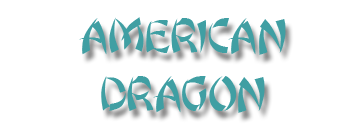Subarachnoid hemorrhage (SAH) refers to bleeding within the subarachnoid space, which is the area between the brain and the tissues that cover the brain.
The subarachnoid space is the space where the cerebrospinal fluid circulates, and it’s responsible for protecting the brain from injury by serving as a cushion. A hemorrhage in this space can cause a coma, paralysis and even death.
This condition can occur quickly, and is often the result of head trauma. This life-threatening condition is also rare. According to the Brain Aneurysm Foundation, SAH accounts for between 0.01 and 0.08 percent of visits to the emergency room.
Symptoms:
When SAH develops, it has several symptoms. The main symptom is a sudden, severe headache, which is more intense at the base of the skull. It is often described as the worst headache people have ever experienced. Some people may even feel a popping sensation in their head before the hemorrhage begins.
There may also be:
neck pain
numbness throughout your body
shoulder pain
seizures
confusion
irritability
sensitivity to light
decreased vision
double vision
nausea
vomiting
rapid loss of alertness
The symptoms of SAH come on suddenly, and one may lose consciousness quickly. Seek emergency medical attention right away if you experience any of these symptoms combined with a severe headache.
Causes:
SAH can occur spontaneously, or as a result of head trauma. Spontaneous SAH is often related to brain aneurysms, which are abnormalities within the brain’s arteries. The most common cause of primary SAH is a berry aneurysm. It’s called a berry aneurysm because it forms a cluster of sac-like pouches in a cerebral vessel that looks like a cluster of berries. These aneurysms swell up and weaken the walls of the arteries over time.
When an aneurysm erupts, it quickly bleeds and forms a clot. This condition is responsible for most SAH cases. Aneurysmal hemorrhage may occur at any age, but it’s most common between age 40 and 65. Brain aneurysms are more common in women, in smokers and in those with high blood pressure. In some cases, trauma to the brain during an injury can cause aneurysms and result in a subarachnoid hemorrhage.
Other causes of SAH include:
bleeding from an arteriovenous malformation (AVM)
bleeding disorders
use of blood thinners
A serious head injury, such as one that occurs in a car crash or when an older person falls and hits their head, can also lead to an SAH.

